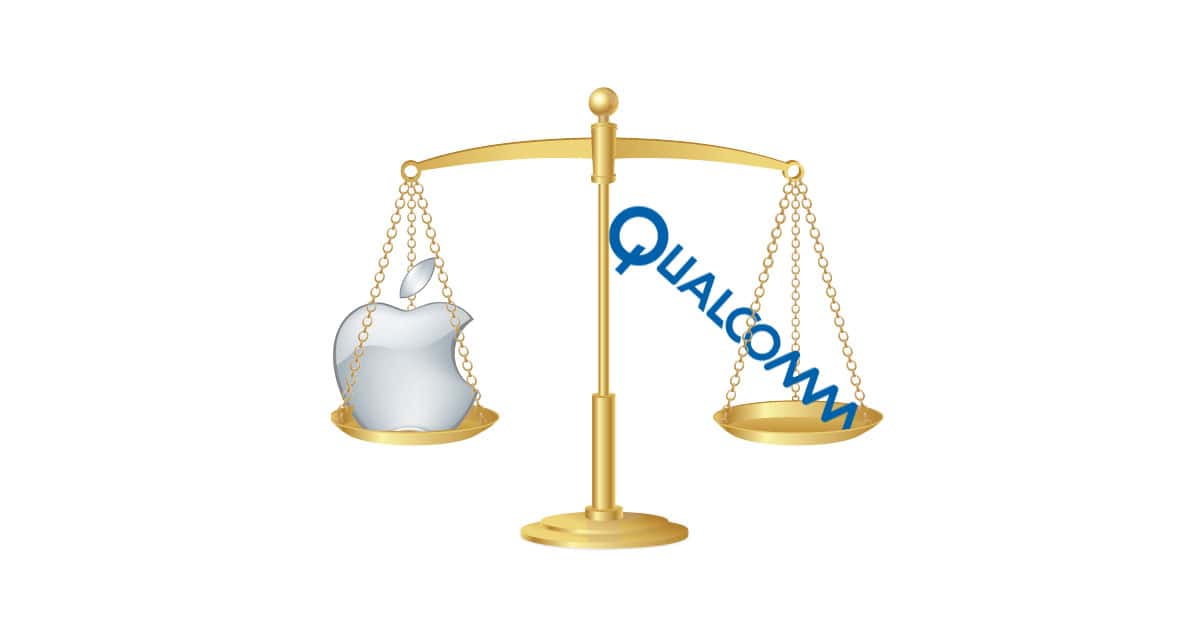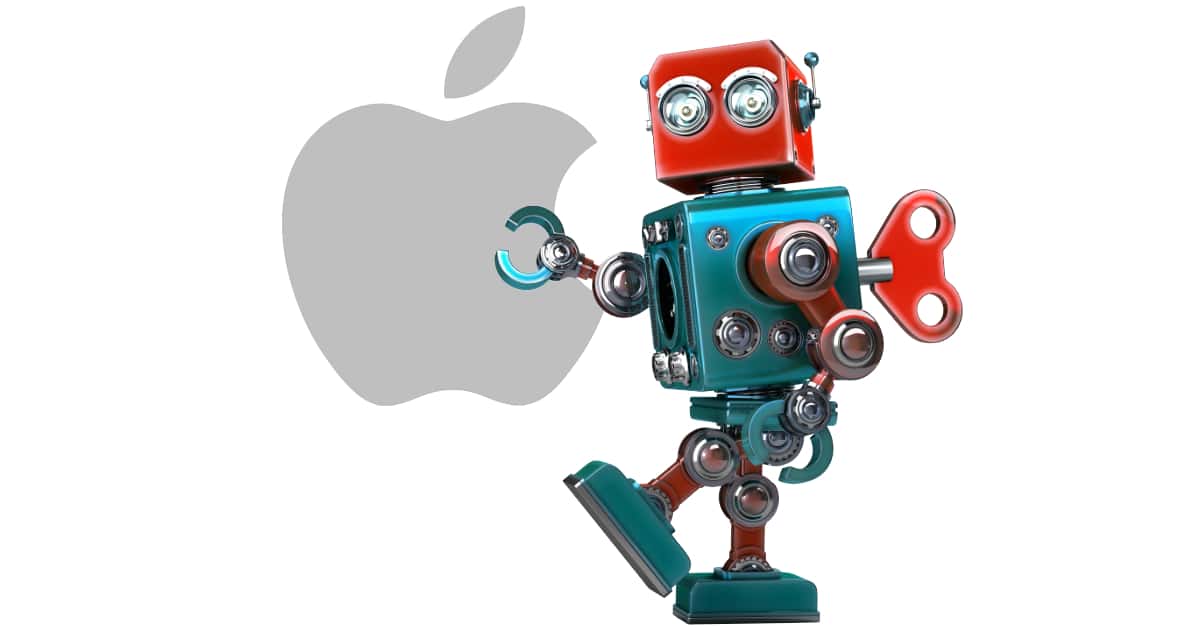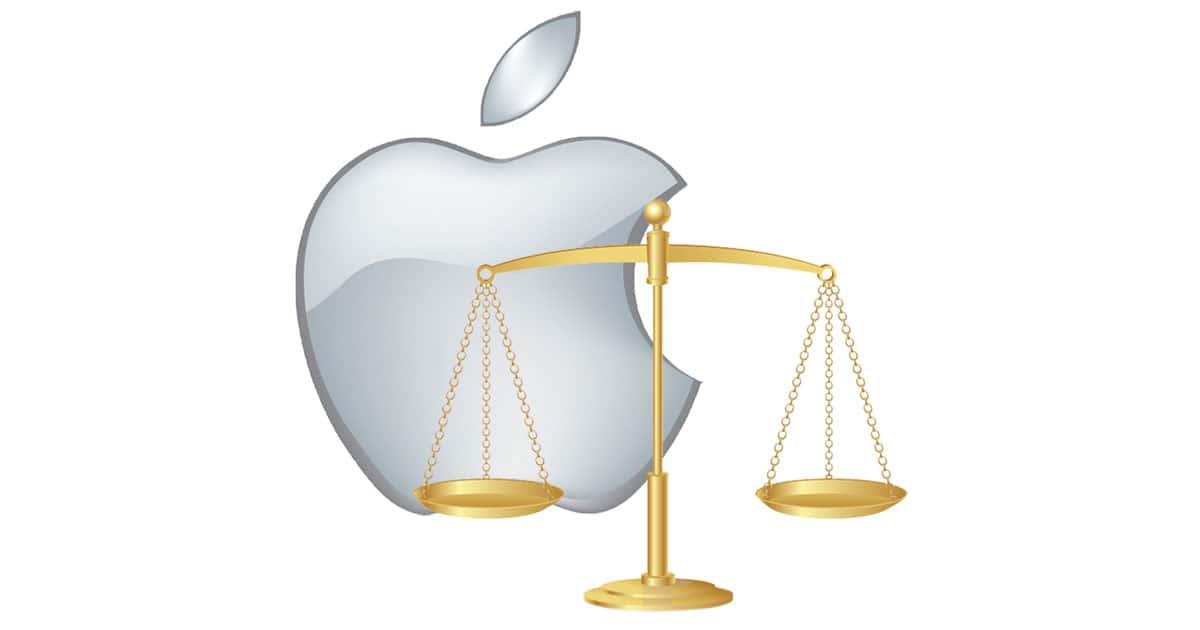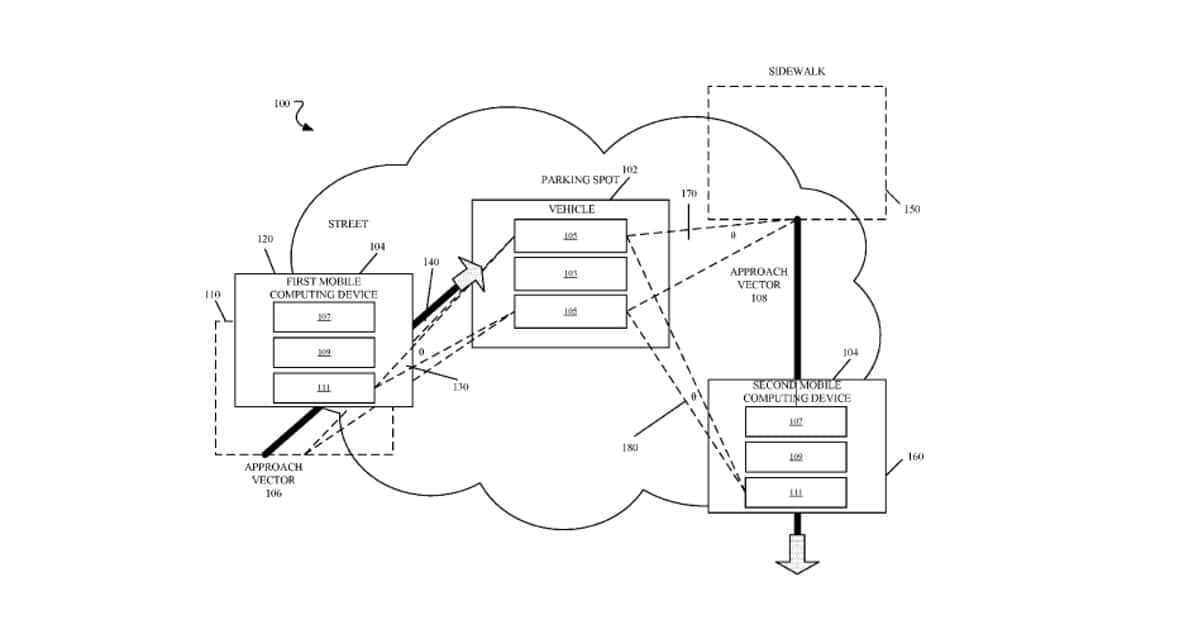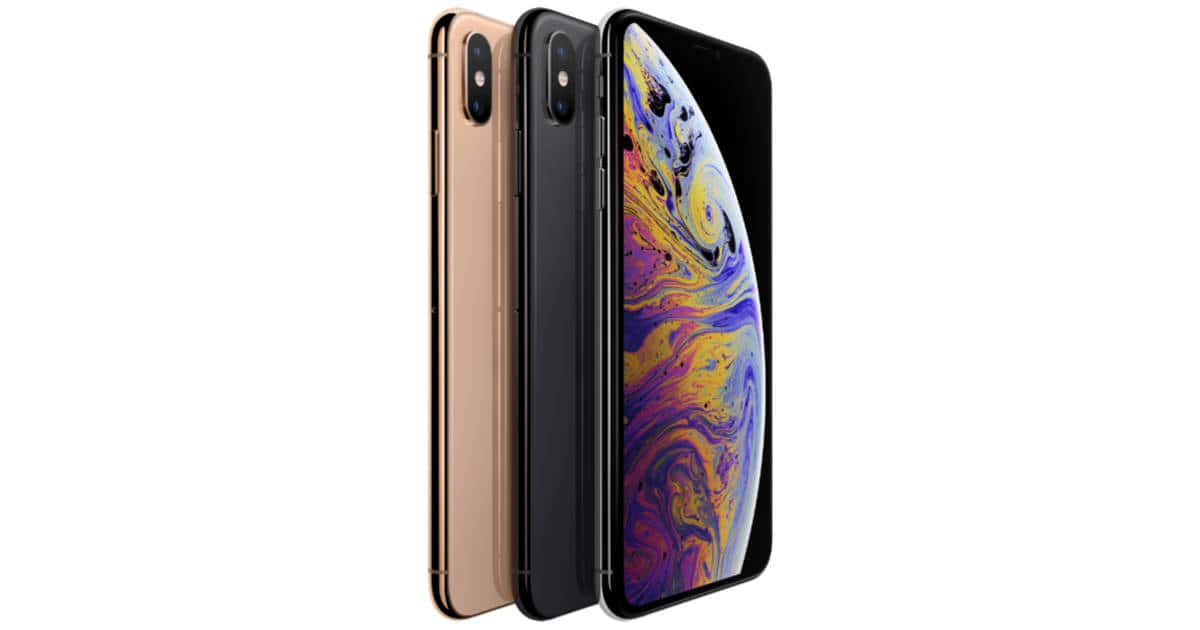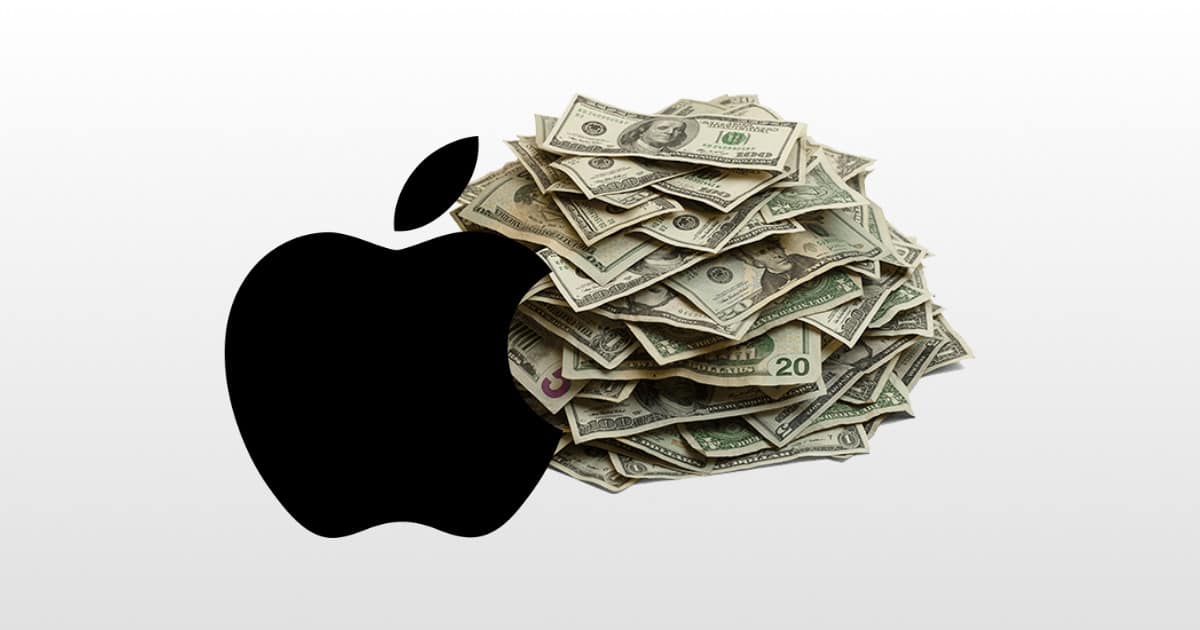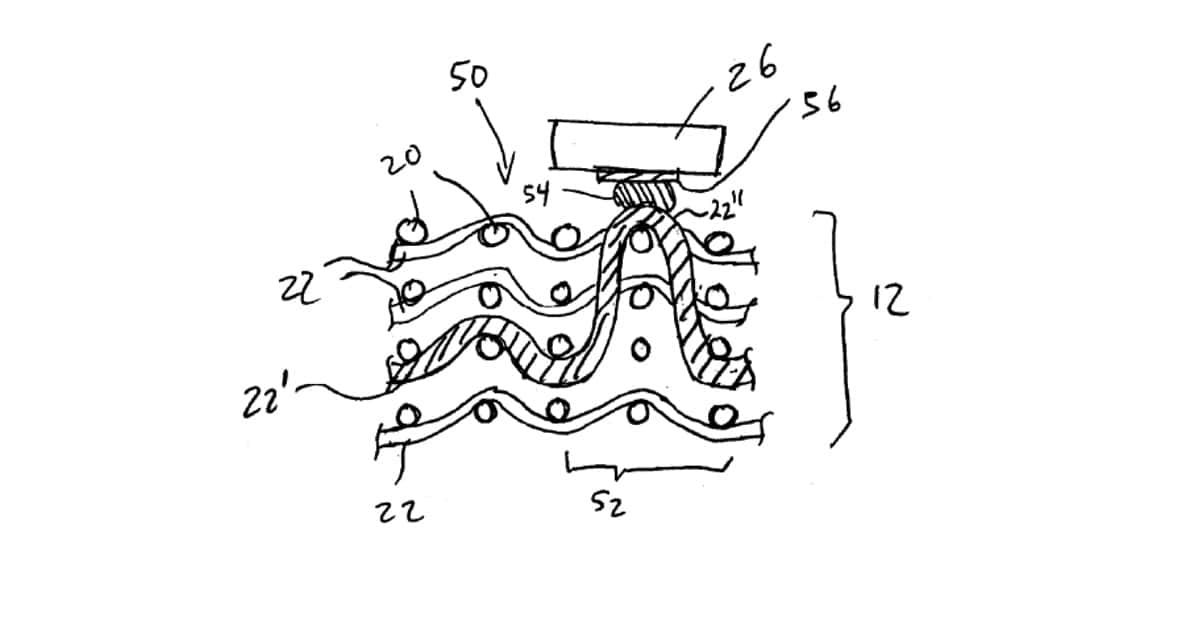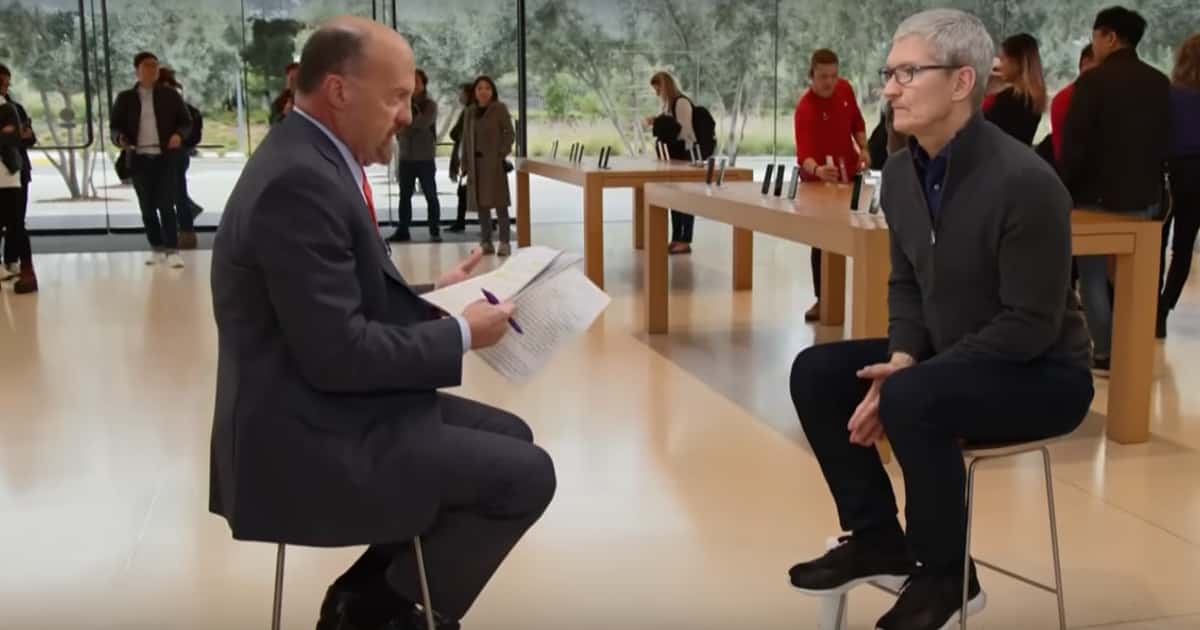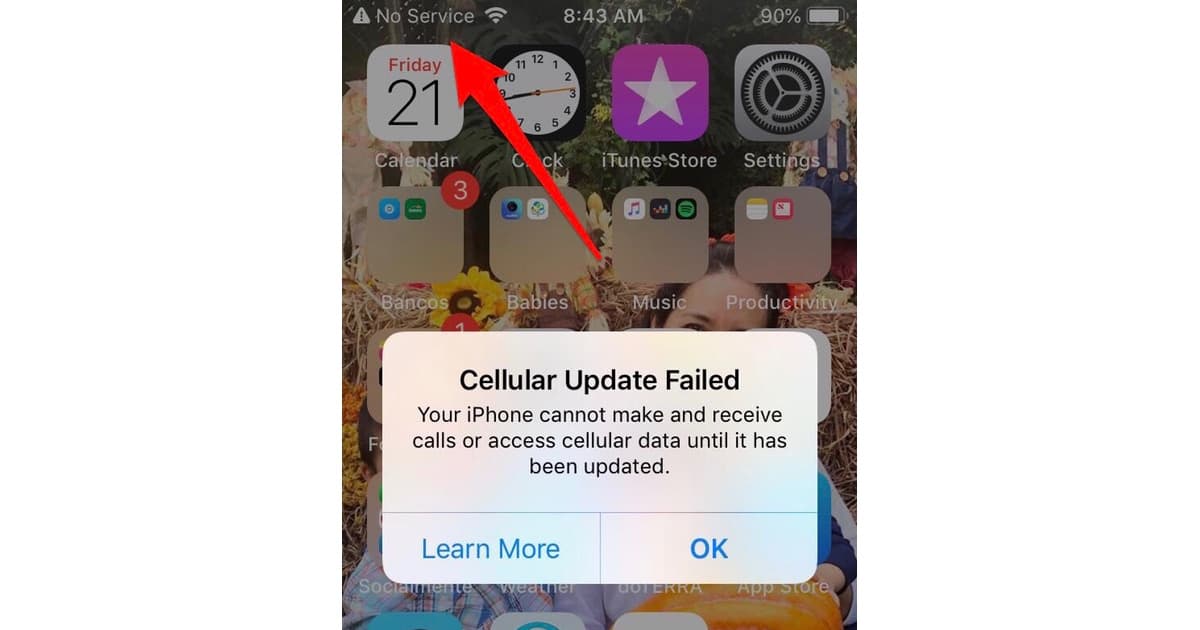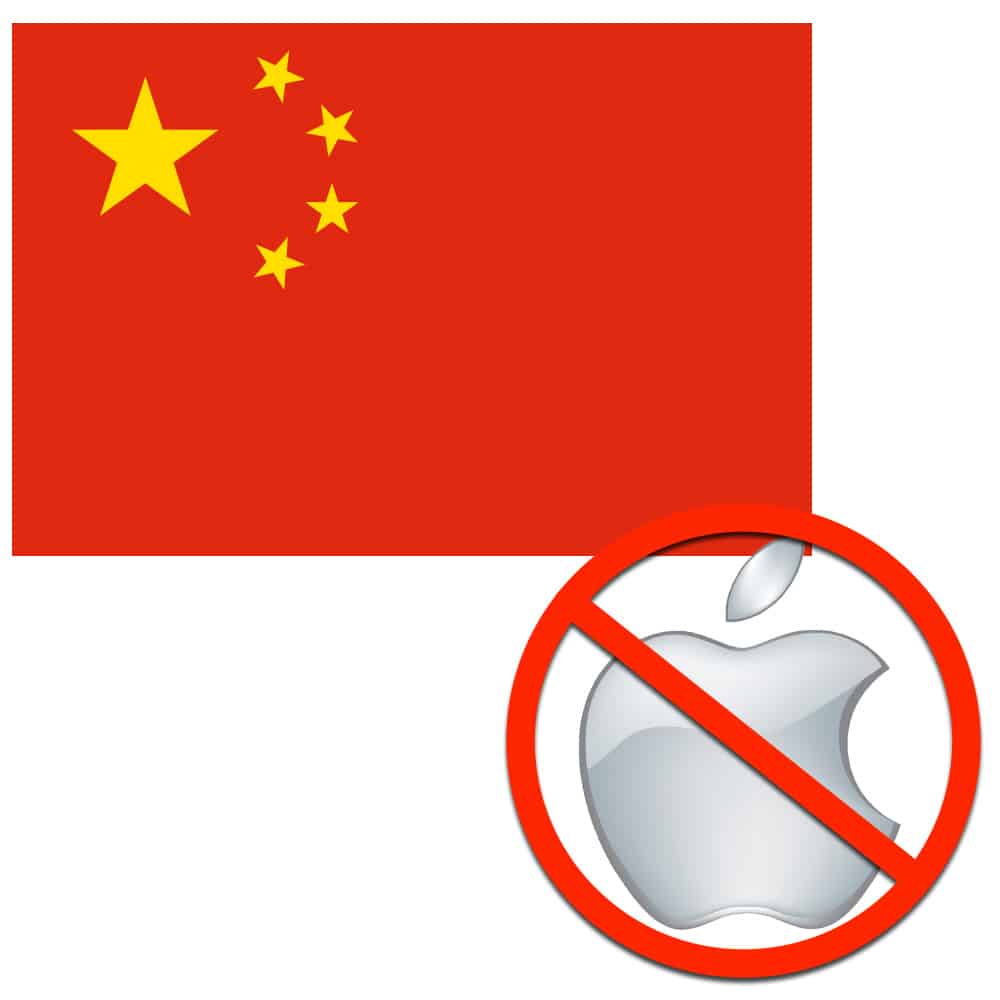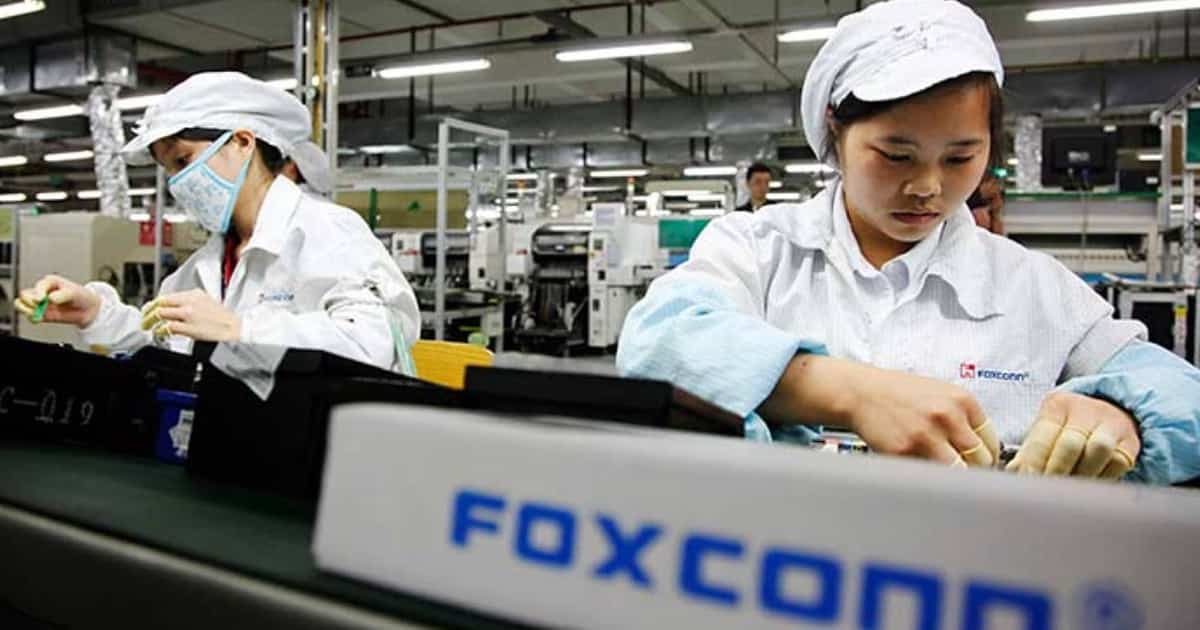Apple has accused Qualcomm of tampering with ones its witnesses, a notion the chipmaker describes as “ridiculous.”
Search: patent
Foxconn Chairman Accuses Microsoft of 'Bad Strategy'
Foxconn Chairman Terry Gou has hit out at Microsoft, saying that the company is “falling behind in the smartphone era.”
Apple VR Headset Could have Motorized Headband
Apple’s much speculated upon VR headset looks evermore likely thanks to a couple of recent patents. Whatismore, it could come with a motorized headband. Cult of Mac noticed that Apple has applied for a patent for a motorized adjustment system. It also filed a patent for a “Thermal Regulation for Head-Mounted Display.”
The description is written in the stilted language of such things. It says, in part, “the adjustment mechanism includes a variable volume structure that changes fit of the headband relative to the head of the user by volumetric expansion or volumetric contraction.” It gets a bit more eyebrow-raising when the filing mentions “an electric motor that changes fit of the headband relative to a head of the user by constricting or expanding a length of the headband.”
Qualcomm Launches Latest Legal Challenge Against Apple
The latest round of legal clashes between Apple and chipmaker Qualcomm will take place in San Francisco this week.
Apple's Steady Path Towards Family Robots
Apple is a company we trust. Personal robots can be scary. Who better to earn our trust in robots than Apple?
Apple Asks Court to Reconsider VirnetX Case
Apple is set to ask the federal court to reconsider a case that resulted in it being told to pay VirnetX $439 million. A court in the Eastern District of Texas found Apple had infringed the internet software firm’s patents. Apple wants that case reconsidered. The legal battle between the two firms has been running since 2010. AppleInsider provided an update on the latest developments.
In a continuation of a long and costly legal battle between Apple and VirnetX, following its failure to convince the U.S. Court of Appeals that it should not have to pay a high cost for patent infringement, Apple is taking a new tactic in attempting to change the result. Rather than going to a higher court, Apple is asking for a reconsideration. According to Law360, Apple petitioned the entire Federal Circuit on Thursday to rehear a panel discussion that upheld the $439 million Eastern District of Texas jury verdict.
Rumor: Future Apple Watch Could Get Flexible Screen
Apple was recently awarded a patent that suggests future Apple Watch models could get flexible screens.
Apple to Sell iPhones with Just Qualcomm Chips Inside in Germany
Apple will sell the iPhone 7 and iPhone 8 in Germany once again, but with only Qualcomm chips in the devices.
To No One's Surprise, Other Companies Exploit Apple's Enterprise Program
Facebook and Google aren’t the only companies exploiting Apple’s Enterprise program. Another investigation by TechCrunch adds porn and gambling apps to the list.
iPhone Could Unlock Project Titan Automated Vehicle
Your iPhone could be the key to an Apple automated vehicle, known as Project Titan, with biometrics used for both security and payments.
Qualcomm had 4 Lawsuits Against Apple Dismissed by German Court
Apple scored its second legal victory against Qualcomm this month when a German court threw out 4 cases brought by the chip maker.
Apple Could Launch a Gaming Subscription Service
Rumors suggest that Apple plans to launch a gaming subscription service described as a “Netflix for games.”
iPhone, Apple Watch: The New Tricorder
9to5Mac writes: “Apple has been granted a patent today which illustrates how future products such as iPhone, iPad or Apple Watch could have built-in sensors to detect harmful, poisonous gasses, such as CO…” [and others.] Now we’re getting into Star Trek’s Tricorder territory. I expect these kind of technical advances to continue. Early earthquake warnings?
In 2018 Apple Spent $6.6 Million Lobbying the Government
US$6.6 million isn’t even the highest Apple has spent. That goes to 2017 when the company spent US$7.1 in lobbying money.
Tim Cook Is a Failure at Operations
Operations are supposed to be what Tim Cook does best. Under Steve Jobs he was the Chief Operating Officer at Apple. And while he may have done a great job there, he is a failure at it as CEO.
Apple Researching Connected Clothing
Apple is researching connected clothing that could link to your iPhone and other devices, according to a new patent. AppleInsider reported that the patent, filed Thursday, was titled “Fabric with Electrical Components.” It seems likely that any product that did emerge from this work would focus on health monitoring. On Tuesday, Apple CEO Tim Cook again emphasized how important he considers the company’s work in this field. He told CNBC that it is Apple’s “most-important contribution to mankind.”
A patent application from Apple published by the United States Patent and Trademark Office on Thursday titled “Fabric with Embedded Electrical Components” attempts to work around the problem by describing how fabric-based items could be created, with the fabric itself being the connectivity method. The core of the idea resides with the fabric, in that it is woven together with conductive and insulating yarns. The conductive yarns reside in the inner layers of the weave, while the insulating yarns on the outside prevent any undue contact with the conductive versions.
Tim Cook Promised New Services, said Qualcomm Promoted 'Fake News'
Tim Cook promised new Apple services in 2019, emphasized healthcare, and discussed his firm’s current Wall Street woes in a major interview.
Woman Sues Apple After MagSafe Adapter Exploded in her Face
Penny Manzi is suing Apple after her MagSafe adapter sparked and started a flash fire, which engulfed her face and skull in flames.
Voice of Hebrew Siri Sues Apple for Illegitimate Usage
Ms. Gura-Sini performed the voice for Nuance Communications, which Apple acquired in 2016. She said she only authorized the use of her voice for “legitimate” purposes.
iOS 12.1.2 Stopping Users Accessing Cellular Network
iOS 2.1.2 is causing major problems for users around the world, with many reporting to have been cut off from thier cellular network.
Qualcomm Wins Against Apple, This Time in Germany
Apple said it will stop selling iPhone 7 and iPhone 8 phones in retail stores in the country.
Qualcomm Says Apple Still 'Flouting' the Law
Qualcomm insisted that Apple remains in violation of court orders in China, despite the iOS updates pushed on Monday.
Apple Considered Having Both Face ID and Touch ID on iPhones
Apple pondered having both Face ID and Touch ID on the same iPhone, a European patent reported by AppleInsider revealed. Having multiple forms of biometric authentication is not considered particularly efficient for either the user or the device. Ultimately, Apple decided against having both touch and facial recognition on the same iPhone model. Face ID was introduced in 2017 with the iPhone X, and Touch ID was not available on the device.
Text buried in the filing mentions the use of an “alternative form of authentication than that associated with the biometric feature.” In effect, this means if one biometric authentication check fails, such as Face ID, an alternative like Touch ID could still be used to log in, instead of using the passcode. The passage suggests that Apple at least thought about including both Face ID and Touch ID mechanisms on the iPhone or iPad before deciding against the prospect.
Manufacturers 'Gearing Up' for Qualcomm Trial
Manufacturers engaged in a dispute with chipmaker Qualcomm are “gearing up” for a trial in April, according to their lead attorney.
